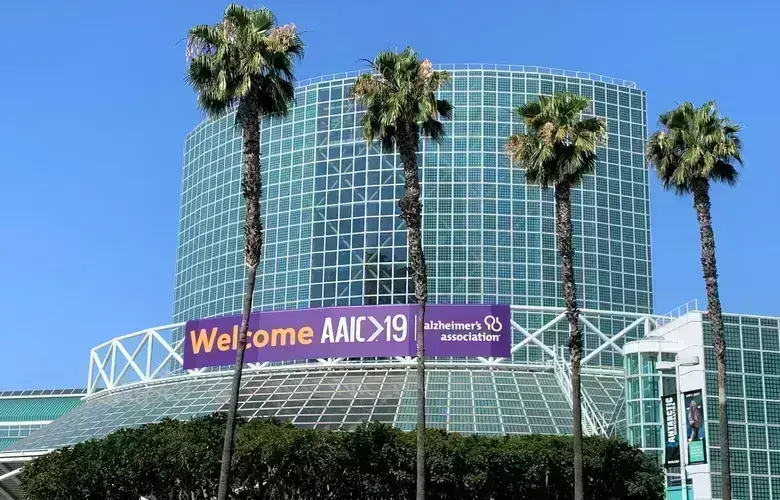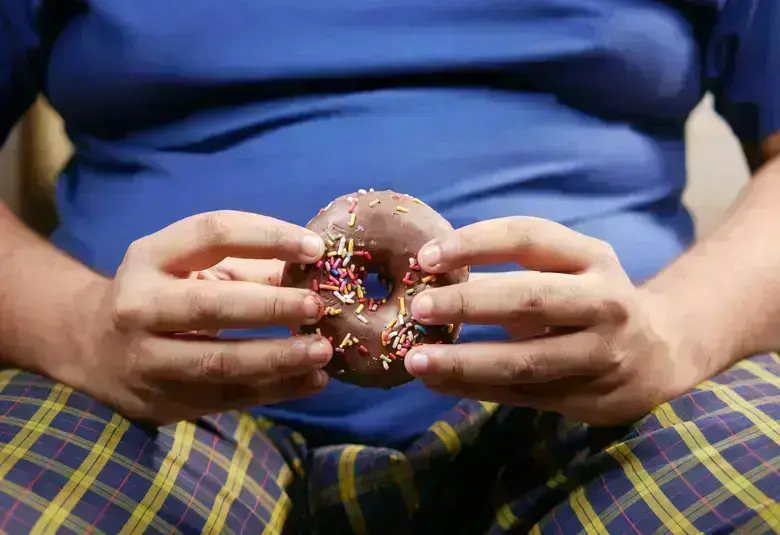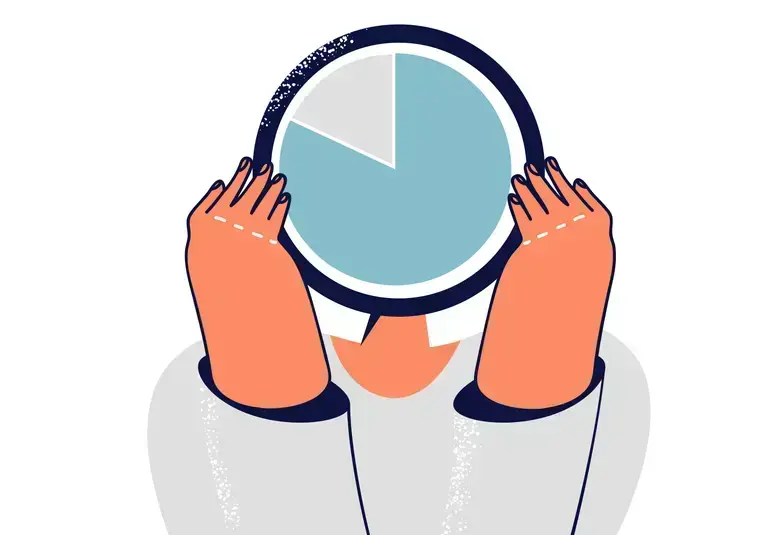Why do star cells damage neurons in neurodegenerative diseases, including Alzheimer’s disease (AD)? A large plenary audience at AAIC 2019 was treated to a fascinating review of astrocyte research. The resulting new insights into the pathogenesis of these diseases promise to inform the future development of new treatment strategies to reduce CNS cell loss and neurological impairment.
알츠하이머병을 비롯한 여러 신경퇴행성 질환 발병 시 별세포(star cells)가 신경세포의 손상을 야기하는 이유는 무엇일까요?
2019년 알츠하이머협회 국제 컨퍼런스(AAIC 2019) 총회에서는 성상세포 연구에 관한 흥미로운 의견이 소개되었습니다.
이 연구에 따른 신경퇴행성 질환 발병기전에 관한 새로운 통찰은 중추신경계 세포 손실 및 신경 장애를 완화하는 새로운 치료 전략의 개발에 영향을 미칠것입니다.
Astrocytes have multiple roles in brain maintenance
성상세포는 뇌의 유지∙관리를 위해 다양한 역할을 수행합니다
Astrocyte roles include neuron and synapse maintenance
성상세포의 역할 중 하나는 신경세포 및 시냅스 유지∙관리입니다
Astrocytes are present in the brain in huge numbers, and their numerous long processes give them a star-like appearance and their name (Greek: astro, star; cyte, cell). They play a crucial role in brain maintenance through a variety of functions1,2 including:
뇌에는 수많은 성상세포가 존재하는데, 이 세포들이 가진 다수의 긴 돌기들 때문에 별 모양으로 보이고 성상세포(astrocyte)라는 명칭(그리스어로 ‘astro’는 ‘별’을, ‘cyte’는 ‘세포’를 의미)으로 불리게 되었습니다. 성상세포는 다음과 같은 다양한 기능을 통해 뇌의 유지∙관리를 위한 중대한 역할을 수행합니다.1,2
- provision of trophic support for neurons
- promotion of the formation and function of synapses
- pruning synapses
- remodelling extracellular space
- immune modulation
- regulating the blood-brain barrier
- uptake and regulation of neurotransmitters
- modulation of brain glycogen reserves
- 뉴런에 영양 공급
- 시냅스 형성 및 기능 촉진
- 시냅스 가지치기(pruning)
- 세포 외 공간 재형성
- 면역 조절
- 뇌혈류 장벽 조절
- 신경 전달 물질 흡수 및 조절
- 뇌 글리코겐 예비량 조절
A1 and A2 astrocytes are activated by microglia responding to brain injury
A1 및 A2 성상세포는 뇌 손상에 반응하는 소교세포(microglia)에 의해 활성화됩니다
Brain injury, such as trauma, infection, neurodegeneration and ischemia, activates microglia and other unknown molecular triggers. The activated microglia then activate astrocytes, which upregulate a variety of genes.
정신적 외상, 감염, 신경퇴행, 허혈 등과 같은 뇌 손상은 소교세포와 알려지지 않은 여러 분자 트리거를 활성화합니다. 활성화된 소교세포는 성상세포를 활성화하고, 이는 여러 유전자의 발현을 촉진합니다.
Neuroinflammation induces an apparently harmful A1 astrocytosis
신경염증은 유해한 A1 별아교세포증을 초래합니다
In neuroinflammatory brain diseases, microglia secrete cytokines — interleukin-1 alpha (IL-1α), tumor necrosis factor-alpha (TNF-α), and the first subcomponent of the C1 complex of the classical pathway of complement activation (C1q) — which activate one type of astrocyte — the A1 astrocytes. Activated A1 astrocytes upregulate many classical complement cascade genes, leading to synaptic damage, so are potentially harmful for the brain.1
신경염증성 뇌 질환의 경우, 소교세포는 사이토카인들(cytokines) — 인터류킨-1 알파(IL-1α), 종양괴사인자-알파(TNF-α), 보체 활성화(complement activation)의 전형적 신호전달계에 대한 C1 복합체의 첫 번째 하위 구성요소(C1q) — 분비하며, 이는 성상세포 중 한 종류인 A1 성상세포를 활성화합니다. 활성화된 A1 성상세포는 여러 전형적 보체 연쇄반응(complement cascade) 유전자의 발현을 증가시켜 시냅스의 손상을 일으키며, 이는 잠재적으로 뇌에 해로운 영향을 미칩니다.1
Ischemia induces an apparently protective A2 astrocytosis
허혈은 보호적인 A2 별아교세포증을 유도합니다
Brain ischemia results in a reactive A2 astrocytosis. A2 astrocytes upregulate many neurotrophic factors, so are potentially neuroprotective and promote recovery and repair.2
뇌 허혈이 반응성 A2 별아교세포증을 초래합니다. A2 성상세포는 여러 신경영양성 인자들(neurotrophic factors)의 발현을 증가시키고, 이는 잠재적으로 신경보호작용을 하고 뇌의 회복과 기능 복구를 촉진합니다.2
Activated A1 astrocytes release a neurotoxin that kills diseased neurons
활성화된 A1 성상세포는 병든 신경세포를 죽이는 신경독을 발생시킵니다
A1 astrocytes are abundant in a variety of human neurodegenerative diseases including Alzheimer’s, Huntington’s and Parkinson’s disease, amyotrophic lateral sclerosis, and multiple sclerosis.
알츠하이머병, 헌팅턴병, 파킨슨병, 근위축측삭경화증, 다발성경화증 등 다양한 신경퇴행성 질환의 경우 A1 성상세포의 수가 많습니다.
As a result of their gene upregulation, activated A1 astrocytes lose most normal astrocytic functions and gain a new neurotoxic function, rapidly killing neurons and mature, differentiated oligodendrocytes. Thus they:
유전자 발현 증가에 따라 활성화된 A1 성상세포는 대부분의 성상세포로서의 정상적인 기능을 잃고 새로운 신경독성 기능을 얻게 되며, 이에 따라 신경세포와 성숙 및 분화된 희소돌기아교세포(oligodendrocytes)들을 죽이게 됩니다. 이를 통해 다음과 같은 현상이 발생합니다.
- lose their ability to promote the formation of structural and functional synapses
- carry out less phagocytosis of synapses and myelin debris
- are associated with decreased proliferation and differentiation of oligodendrocyte precursor cells
- release a neurotoxin leading to death of diseased neurons and mature, differentiated oligodendrocytes1
- 구조적 및 기능적 시냅스의 형성을 촉진하는 기능 상실
- 시냅스 및 수초(myelin) 잔해에 대한 대식 작용 둔화
- 희소돌기아교세포 전구세포의 증식 및 분화 감소에 관여
- 병든 신경세포 및 성숙, 분화된 희소돌기아교세포의 사멸을 초래하는 신경독 발생1
Subsequently, the neural circuits are rewired to protect overall function.
이에 따라 전반적인 기능을 보호하기 위해 신경 회로가 재형성됩니다.
Activated A1 astrocytes gain a new neurotoxic function
활성화된 A1 성상세포는 신경독성 기능을 새로 얻습니다
Many unanswered questions
해결되지 않은 여러 의문들
More research is needed for precise answers to questions such as “What is a reactive astrocyte and what features distinguish it from a nonreactive astrocyte,” “What are the molecular triggers or functional consequences and are they good or bad?”
“반응성 성상세포란 무엇이며, 비반응성 성상세포와 구별되는 특성은 무엇인가”, “분자 트리거 또는 기능적 결과는 무엇이며, 이에 따른 영향은 긍정적인가, 부정적인가”와 같은 질문에 대한 명확한 해답을 얻기 위해서는 더 많은 연구가 필요합니다.
Such research, which will increase understanding of the multiple roles of activated A1 and A2 astrocytes and their mechanisms and outcomes, promises to inform the development of future treatment strategies to reduce CNS cell loss and neurological impairment after acute CNS injury as well as in neurodegenerative diseases.
이러한 연구는 활성화된 A1 및 A2 성상세포의 다양한 역할과 메커니즘 및 결과에 대한 이해를 돕고, 앞으로 급성 CNS 손상과 신경퇴행성 질환 발병 후의 CNS 세포 손실 및 신경 장애를 완화하는 치료 전략의 개발에 영향을 미칠 것입니다.
본 자료는 Global Lundbeck 의학부에서 선별한 콘텐츠이며, 한국룬드벡의 의견과 다를 수 있습니다




